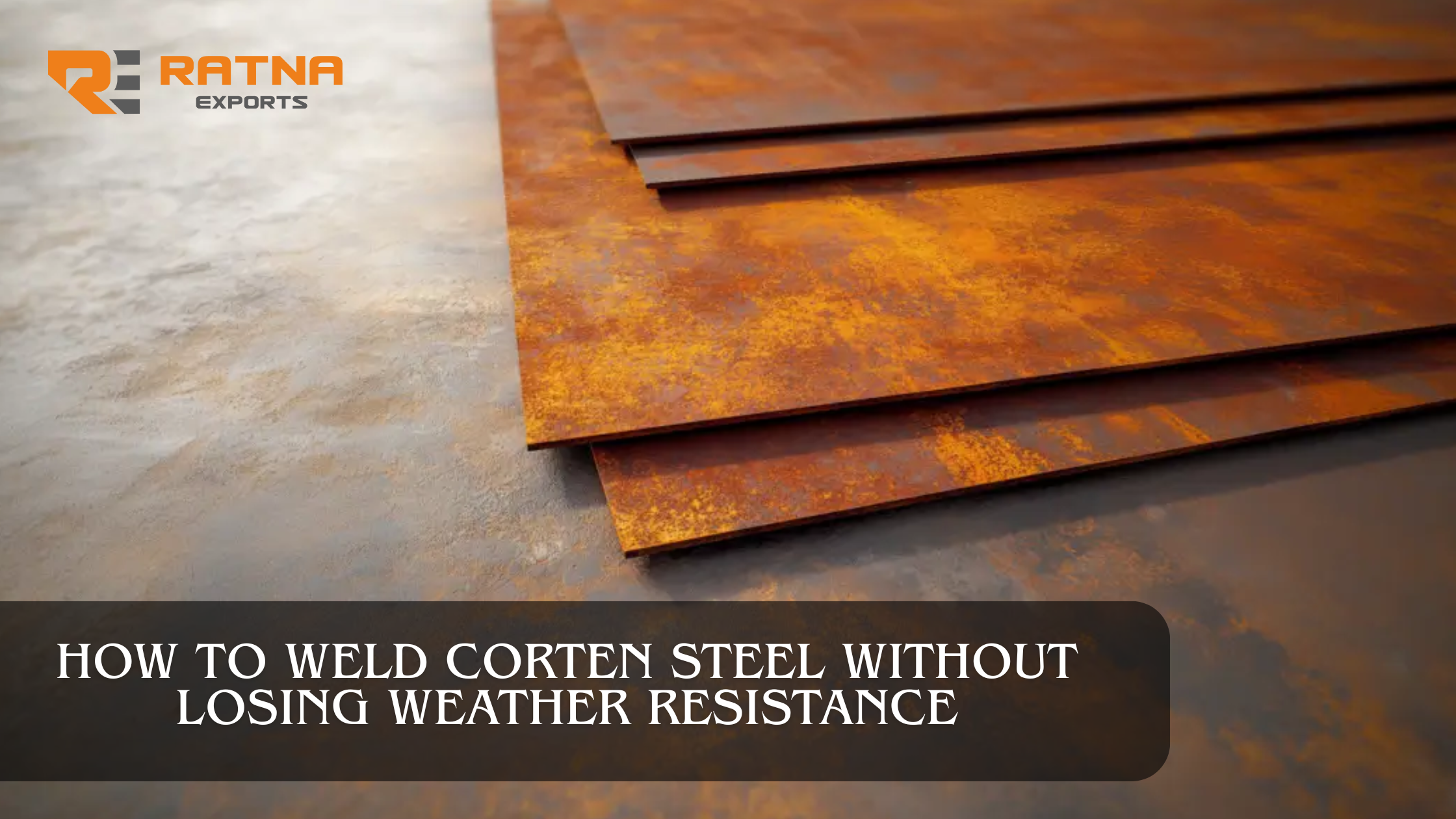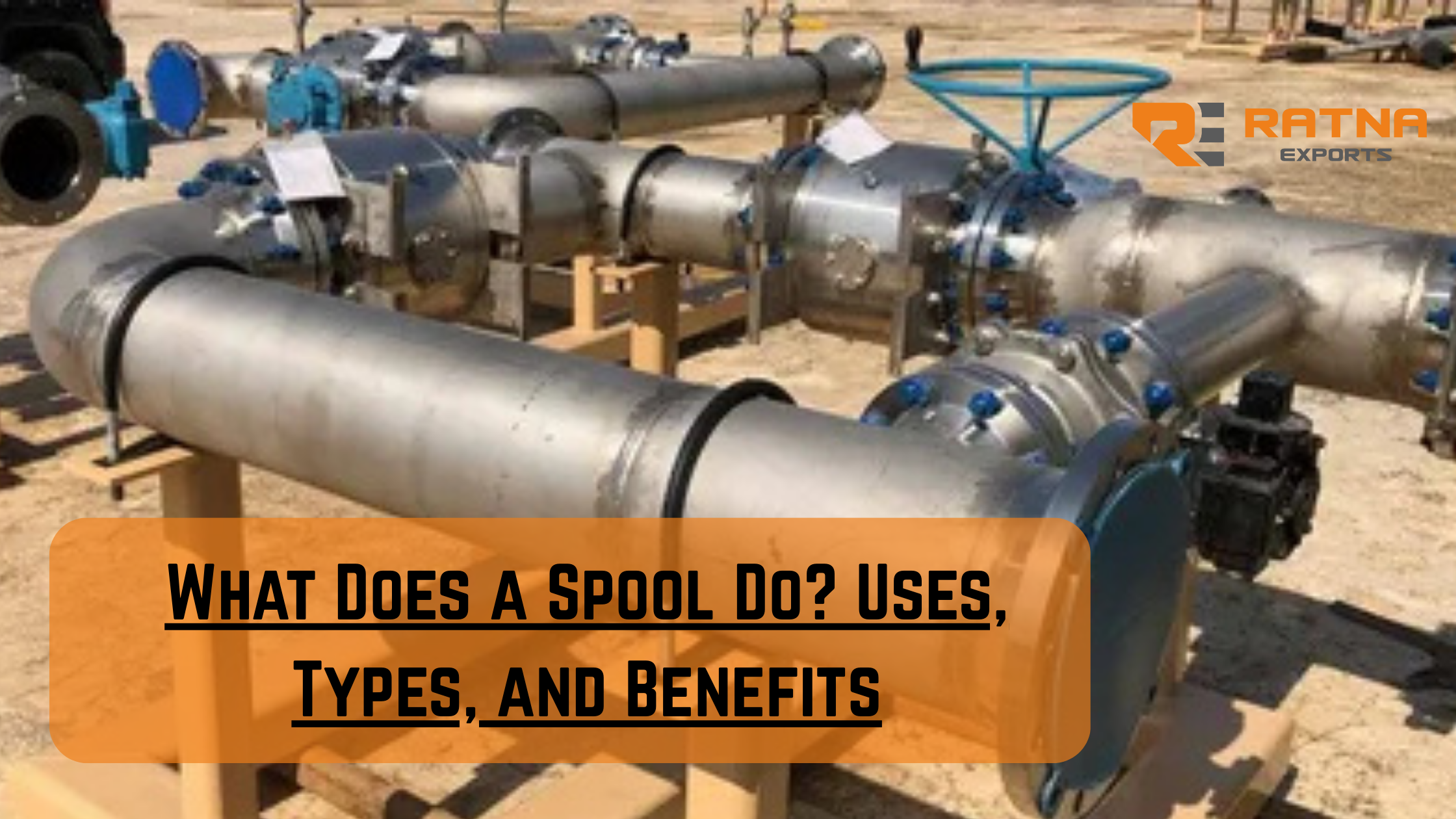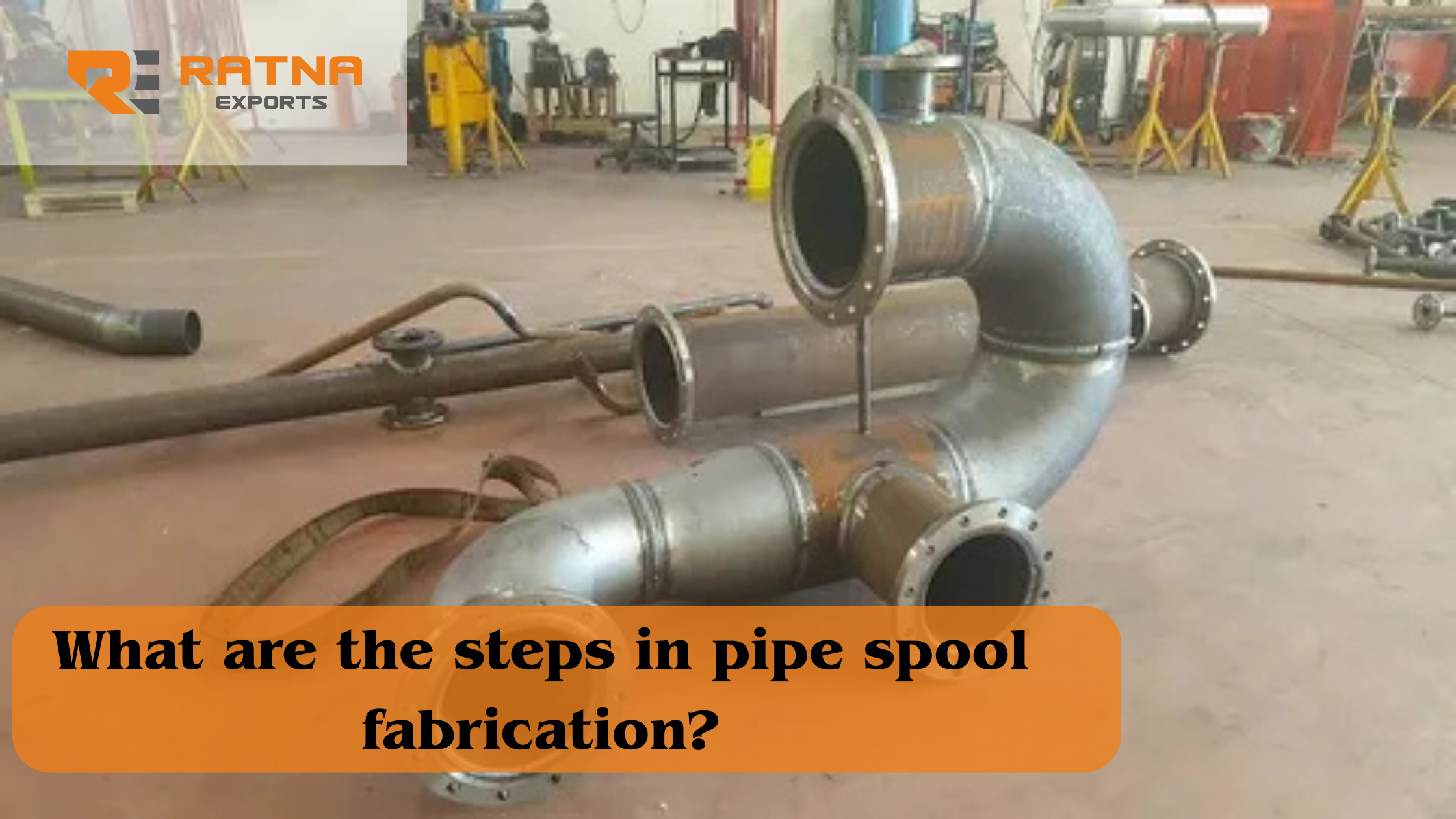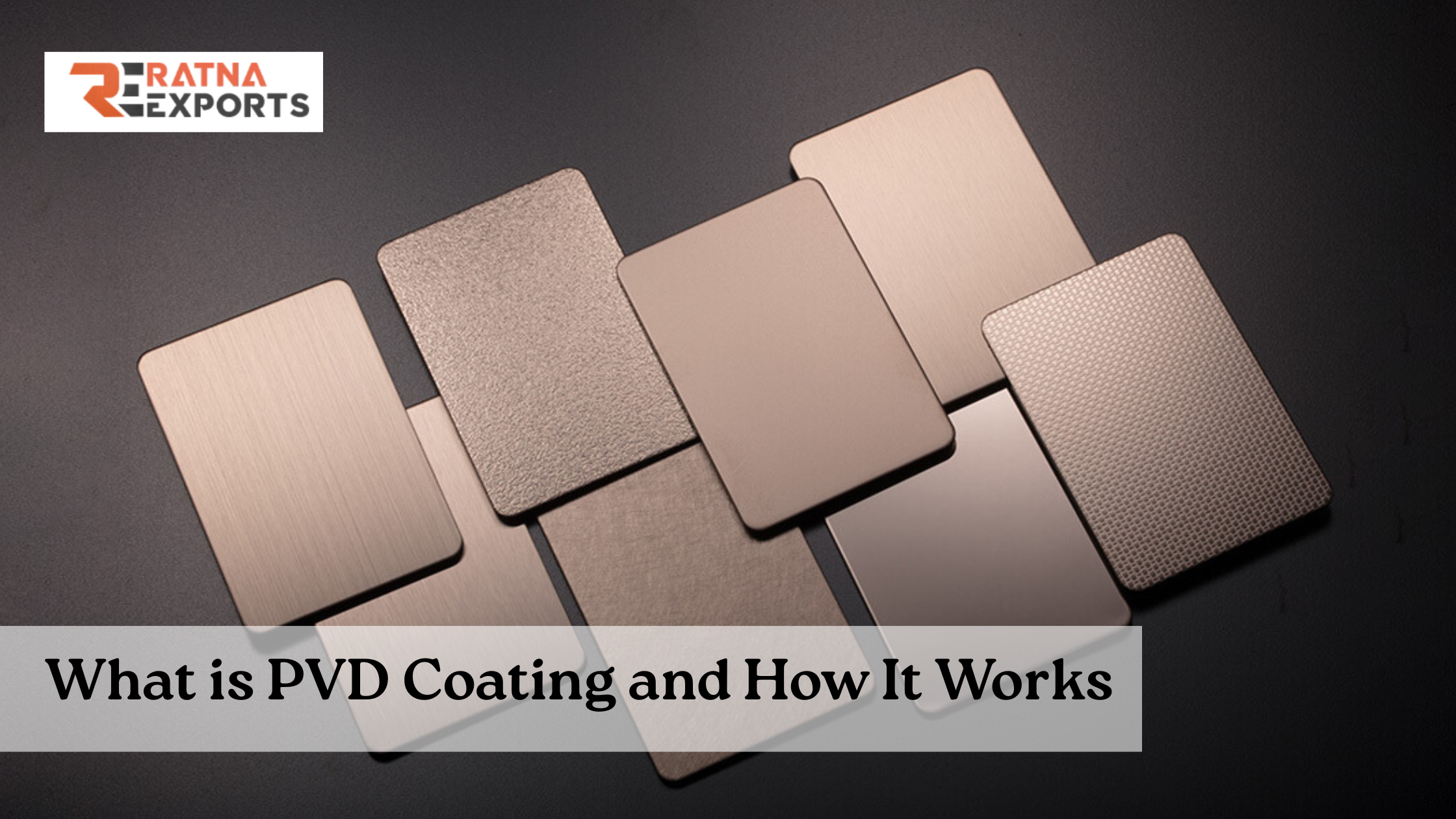Corten steel, also known as weathering steel, is popular for its unique look and long-lasting performance. But when it comes to welding, it needs special care. If not welded properly, the weld can rust differently or even weaken the structure. This guide explains how to weld Corten steel without losing its weather resistance.
What is Corten Steel?
Corten steel is a group of steel alloys designed to form a stable, rust-like surface layer when exposed to the weather. This layer protects the inner steel from further corrosion, making it ideal for outdoor use. A reddish-brown patina forms on the exterior over time, which serves as a barrier against air and moisture. The weather resistance of Corten is attributed to this self-healing layer.
It is utilized in shipping containers, garden screens, building facades, bridges, and sculptures. People like it for its raw, industrial look and its low need for upkeep.
Why Welding Affects Corten’s Weather Resistance?
Welding introduces heat that can damage the protective surface of Corten steel. The area affected by the heat, called the Heat-Affected Zone (HAZ), may not form the same protective patina as the rest of the steel. If done poorly, this area can corrode faster than the base metal.
Welds also create chemical changes in the metal. The filler material, if not matched well, may rust at a different rate or bleed rust streaks onto nearby surfaces. This can lead to weak spots and ruin the uniform weathered look. That’s why using the right filler and technique is important when welding Corten.
Choosing the Right Filler Metal
Using the right filler is key to maintaining the weather-resistant properties of Corten steel. The filler metal must either match the weathering ability of the base metal or be used in a way that the appearance or strength is not compromised. The American Welding Society (AWS) classifies filler rods to help choose the correct one.
Matching Filler for Corten-to-Corten Welds
When welding Corten to itself, use a weathering-compatible filler like E8018-W. This ensures the weld weathers just like the base metal. It blends visually and resists corrosion over time. This method is best for visible structures where appearance and durability matter.
Filler for Corten-to-Carbon Steel Welds
When joining Corten to regular carbon steel, use a general-purpose rod like E7018. It won’t match the weathering look but still offers solid structural strength. This is suitable for joints that are hidden or not exposed to direct weather.
Best Welding Techniques for Corten Steel
Different welding methods work well with Corten steel, depending on the size and location. The goal is to control the heat and avoid damaging the protective surface.
Stick Welding (SMAW): Stick welding is common in fieldwork. It works well for harsh areas and doesn’t require shielding gas. Here, E7018 and E8018-W rods are utilized as in windy or outdoor conditions it functions effectively.
MIG Welding (GMAW): This method provides cleaner welds and is simpler to manage. It works well in workshops and is quicker than stick welding. When welding Corten to Corten, utilize a wire that is compatible with weathering for best results.
TIG Welding (GTAW): TIG gives high precision and neat welds. It’s best for small or decorative parts. But it’s slower and not the best choice for large structural welds. It also requires a clean workspace and skilled handling.
Before welding, preheating thick materials can assist lower stress and prevent cracks. To avoid brittleness, and preserve the metal’s ability to weather, let it cool gradually after welding.
Surface Preparation and Post-Weld Treatment
Before welding:
- Clean the surface of oil, paint or rust.
- Use a wire brush or grinder for prep.
- Remove moisture or dirt from the joint area.
After welding:
- Leave welds exposed to air and moisture to allow patina to form.
- Avoid paint or coatings if you want a consistent weathered look.
- Light brushing or acid treatment can help patina form faster.
- Make sure welds are dry and clean after cooling.
Common Mistakes to Avoid
- Using non-weathering filler on exposed welds.
- Overheating the base metal or skipping cooling steps.
- Welding on dirty, painted, or oily surfaces.
- Ignoring the effects of dissimilar metals.
- Assuming the weld will weather like the rest of the metal without the correct filler.
Conclusion
Welding Corten steel takes more than just joining metal, it requires careful material and technique choices to keep its weather-resistant quality. The strength and appearance of the steel can be maintained by using the proper filler rod, managing heat, and giving the patina time to develop. Need expert help with welding Corten steel? Talk to our technical team today.




